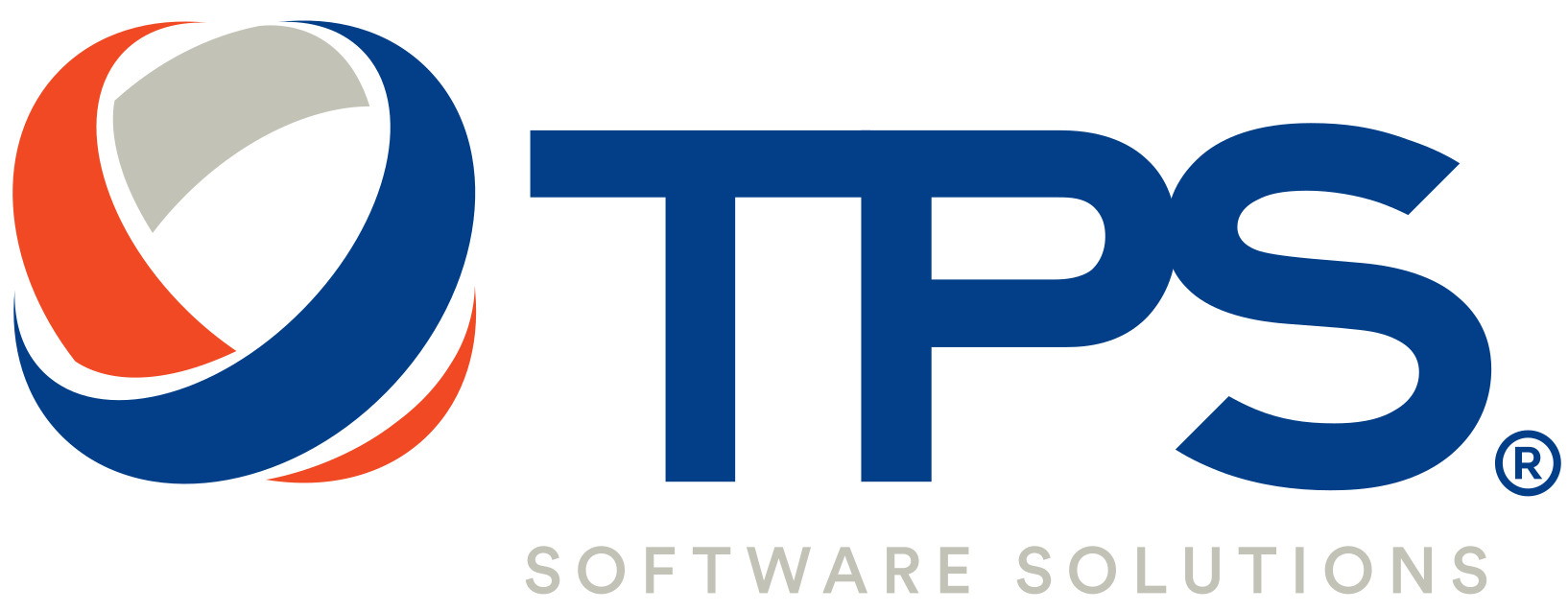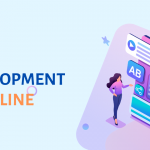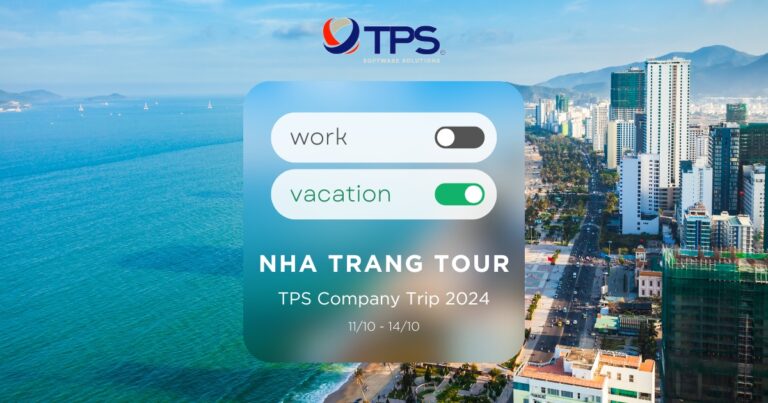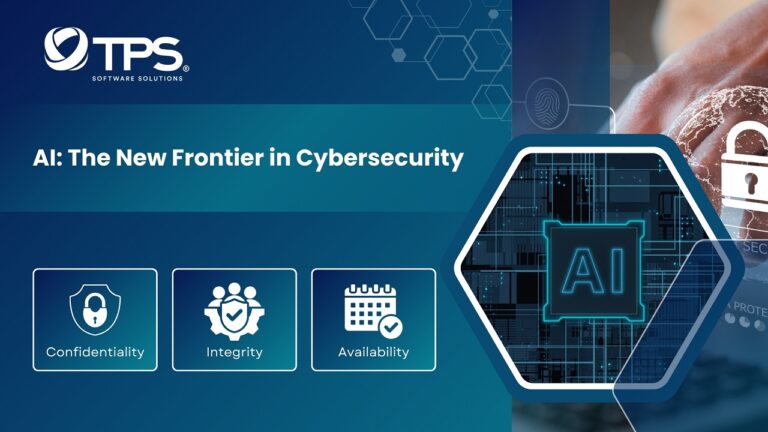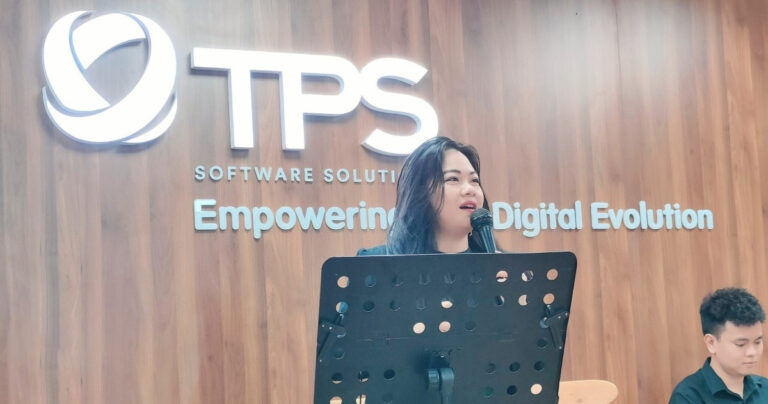What is MVP
“MVP” stands for “minimal viable product”. MVP is a minimally functional version of a new product that can collect user feedback.
MVP in software development is the most basic version that can be a test version of a software product. Then they can test the product and collect the insights from user feedback to materialize the custom software product into a more concrete, fully-fledged product.
Successful startups react in real-time to user feedback. Fundamental studies show that 93% of startups changed their initial business model based on user feedback (Amar Bhide, professor at Columbia University in his book “Origin and Evolution of New Business.” Successful companies consciously or intuitively follow the MVP principle.
How long should it take to build an MVP?
It depends on the scope of work. Launching a simple MVP is possible with 3 – 5 months of software development. If an MVP requires extensive work on back-end development (e.g., it requires heavy calculations and/or a big number of users), the MVP development timeline can extend to 9 – 12 months.
You may also like:
How Long Does It Take for a Custom Software Development Project?
7 Tips to Speed Up Your Software Development
Why MVP
- Quick development process: One of the main benefits of MVP development is it shortens the development period. You can release a basic yet fully functional product within a short time, thus capitalizing on the opportunities that emerge in the fast-paced market.
- Clear focus: From the onset, the focus is on developing and improving the core components of your product. This eliminates the possibility of underbuilding features
- Less error: Typically, the more complicated, the harder to manage it becomes. If the amount of complex parts is reduced, the building process is made much simpler. The reduction of code causes a reduction of error in the app and rework time.
- A Better Understanding of Customer’s Needs: The sooner a client can test the product, the more effective development you get. Your users will tell you which functionality they appreciate the most, which – the less, and what features you should add in the next release.
- Clear User Interface: The MVP approach prevents your initial product from getting cluttered with unwanted features. As a result, the product is easily adopted and not complicated in usage.
- It is cost-effective: Instead of investing steeply in developing a complete product whose viability is not tested, MVP allows you to invest gradually in a product that minimizes the risk of losses. Further, investments are made on a need’s basis, thus more cost-effective.
How to find the core features for your MVP? Categorize and prioritize
Break down your idea into a comprehensive list of features.
Categorize each as ‘must-have’ or ‘nice to have’ features:
- ‘Must-haves’ are features that must be present to solve the core problem of your users.
- ‘Nice-to-haves’ are the features that are not necessary to solve the core problem but would be considered part of a polished product.
Prioritize your features and take another look—can you tighten the ‘Must-haves’ list? Leave your ego to one side and ask: will the product solve core problems without this feature? Is the cost of building this feature truly outweighed by the value it delivers?
Remove the ‘Nice-to-haves’ from your scope and build only your core ‘Must-haves’.
Keep your prioritized list as backlog features to be worked on for future development and release.
The requirement for an MVP
- Your MVP must be scalable. It means your MVP must allow seamless and easy addition of new functions on top of it in new cycles. To do this, developers include a scalable architecture in your MVP application. They do this from the very beginning. Scalability is never an afterthought.
- User Interface design. Easy and intuitive wins every time. Also, remember to program user Interface design to allow interface scaling in the future.
- Testing. Even small MVPs need testing to ensure users will get what you want them to.
- Timeline. Develop the most basic piece of functionality first. But there are many necessary actions to take during your MVP software development. These include architecture, design, programming, testing, management. Thus, it is necessary to find out the shortest possible development cycle for your MVP creation.
- Budget. The budget for an MVP varies depending on your resources on one hand and the complexity of your idea on the other. Your MVP must illustrate the technical viability of your idea. Sometimes the MVP idea might be quite innovative and challenging for implementation. Sometimes, it is necessary to test if it is possible at all! In this case, be prepared to pay until tests prove that your idea works.
- Management. Managing cyclic MVP development with all the constraints described above should never be undervalued.
To keep your minimum viable product development secure and on track, find an experienced team with a good management track record.
You may also like:
How To Build an Effective Software Development Team
MVP software development process
1. Market research
Market research helps you to identify your ideal customers, what makes your idea unique and viable, what problems it may solve, and how to make your product meet your customer’s needs before you start to build an MVP.
The key to successfully building an MVP is showing your target audience the value that your product will provide.
2. Goal and main user identification
Establishing clear and specific metrics that will measure the launch success.
If you are developing an app, you can measure:
- The number of downloads in a certain period of time
- A total number of downloads
- Review and feedback score
- The time that users spend on the app
- Anything else that helps you see if your MVP is meeting your customer’s needs or if it needs adjustment
- Facts and statistics can provide you with a realistic viewpoint and helps identify clear goals and what success would look like.
3. Choosing features that are most relevant for the user
Once you get a clear idea of what value you are bringing to users, your business goals, and how you combine these two points, it’s time to decide what your product will actually look like.
Think like the final user – mapping customer journeys provides you with information based on user behavior and helps you identify the sequence of actions that will solve the user’s problem.
User journeys also include thoughts, feelings, and decisions that result in the user taking action. Journeys are a visual representation of the customer’s relationship with your product.
Remember to take into consideration what your users are thinking and feeling while using your product as it will considerably affect their decision-making process. You can also use this information to redirect them from one feature to another within the product.
To understand your user’s journey answer the questions that identify users and their personality, decision-making process, the final goal, and a series of actions that users need to take to meet this goal.
If you define several types of potential customers, focus on the one that you can most quickly provide the most value to. That will save you time when you analyze the test results.
At this stage of the development process, you need to define which features will be included in MVP and which will not. Focus on a smaller number that provides the most benefit to the user as the core of your product.
These features have to solve the exact problems that you’ve identified earlier in your market in customer research.
4. Develop the MVP
Now that you have all the necessary information it’s time to actually build an MVP.
The prototype should be user-friendly and engaging since it’s a representation of the final product you are looking to develop and by no means can it fall behind in quality standards.
Focus on the main features that will deliver the solution for users as fast as possible.
Once your prototype is released you can consider which feature will be the priority for developing the final version of the product.
5. Receiving the feedback and analyzing results
Measuring the results is crucial to the MVP development process. This is the real test for the viability of your product, and it will determine the future direction in final product development.
Even though you cannot satisfy every user in the market, user feedback can give you a very precise idea of the improvement of the features.
Adjusting and optimizing MVP for tests may give you an opportunity to adapt the product to customer needs, which can result in higher engagement and profit when the final version is released.
You may also like:
Software Development : The Essential Guide
